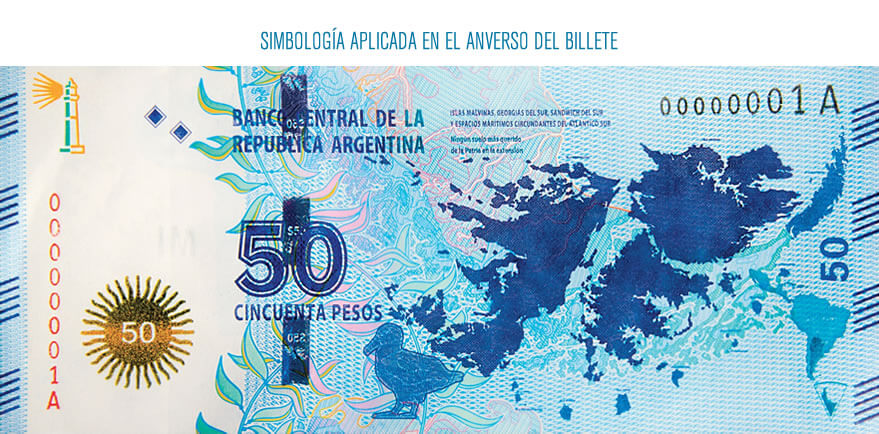New Argentine banknotes of Chinese manufacture begin to circulate
In the midst of the inflation faced by Argentina, this Tuesday the new 10 thousand peso banknote began to circulate, equivalent to more or less 11 dollars, manufactured by the state-owned China Banknote Printing and Minting Corporation (CBPM).
This new banknote was ordered by the Central Bank of Argentina (BCRA) and generated a stir not only because of its monetary value as a reaction to inflation in the South American country, but also because it was manufactured in China through an agreement with CBOM, China being one of the countries most criticized by Javier Milei when he was a candidate.
In fact, according to El Tiempo, the liberal president clearly stated his international positions during the electoral campaign, when he affirmed that he “would not do business with China” and assured that cutting relations with the Asian giant “would not be a macroeconomic tragedy”.
In spite of this, the BCRA ordered 770 million bills of this denomination, according to the newspaper “La Nación”. In fact, this is expected to be the first of the two new bills announced by the BCRA, followed by the 20,000 peso bill which is expected to start circulation during the last quarter of the year. Last week, the BCRA awarded a new tender for the purchase of 190 million $10,000 and 230 million $20,000 bills.
At present, the only clients of the Chinese-made banknotes are mostly nearby countries, such as Taiwan, Nepal, Macao and Hong Kong.
“The official intention was to accelerate the deadlines so that this new banknote would already be fully in circulation in June, when the demand for cash grows due to the payment of the mid-year bonus”, says the media La Nación.
The new 10,000 peso bills have the images of Manuel Belgrano and María Remedios del Valle, heroine of the War of Independence, on the obverse; and the artistic recreation of the scene of the Swearing in of the Flag on February 27, 1812, on the reverse.
Previously, the highest denomination banknote was the 2 thousand pesos, which is equivalent to 2.2 dollars at the current exchange rate. For this reason, the goal is to increase efficiency and make the logistics of the national financial system less costly.
Main source:
Other related sources:
Cómo es el nuevo billete de 10.000 pesos y qué medidas de seguridad tiene | Infobae (2024, Mayo 07).

